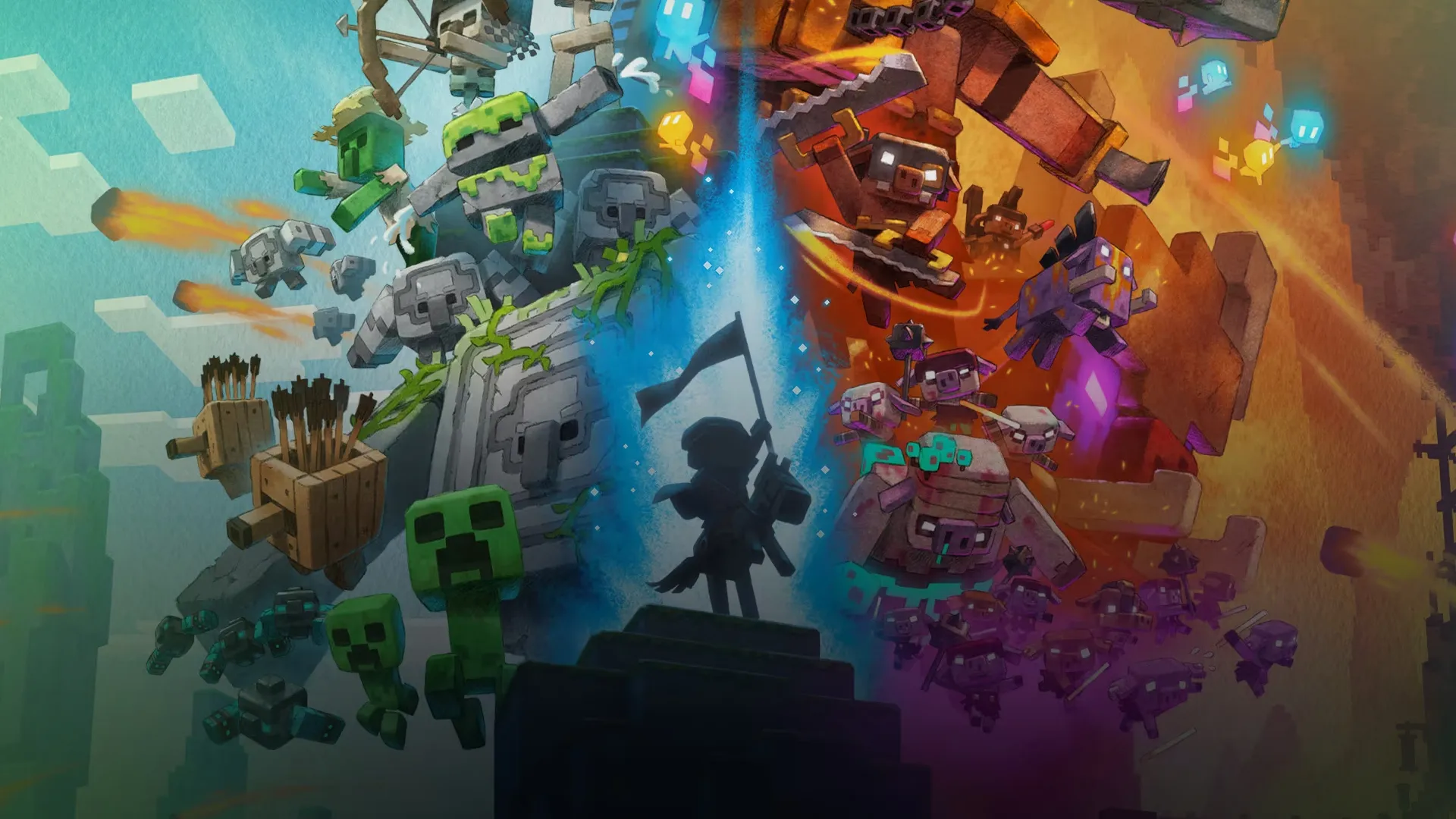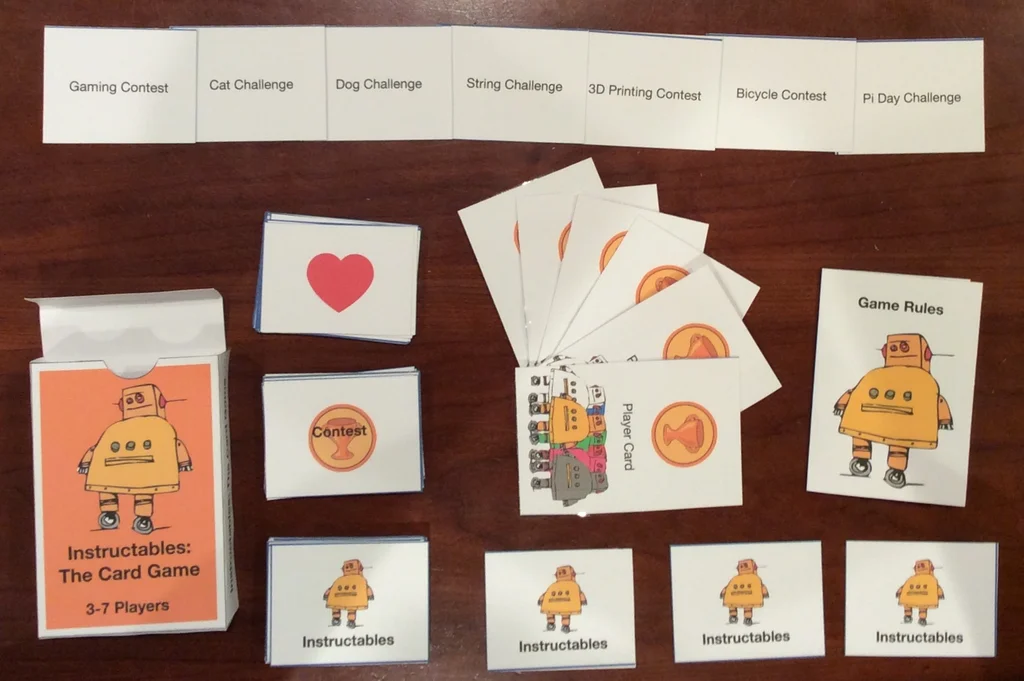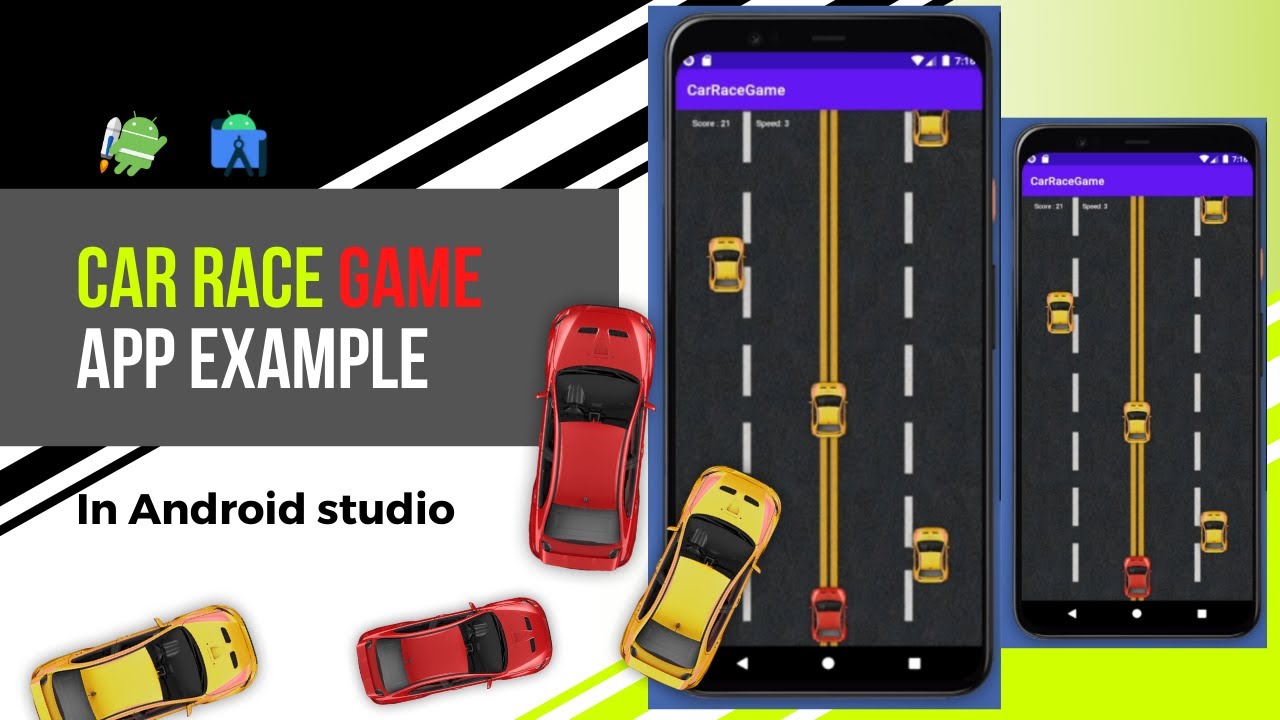Puzzle games are one of the most popular genres in mobile gaming, with a wide variety of games available on both the Android and iOS platforms. If you’re interested in making a puzzle game for Android, there are a few key considerations to keep in mind to ensure your game is engaging and enjoyable for players.
Is puzzle games are popular?
Yes, puzzle games are very popular. Puzzle games are a broad category of games that can include anything from simple matching games to complex brain teasers, logic puzzles, and strategy games. They are popular on a variety of platforms, including mobile devices, consoles, and PC.
One reason why puzzle games are so popular is that they can be enjoyed by a wide range of players, from casual gamers to more dedicated players looking for a challenge. Puzzle games can also be highly addictive, with players often trying to beat their own high scores or achieve the best possible results on each level.
Another reason why puzzle games are so popular is that they can be easy to pick up and play, with intuitive mechanics and clear goals that make it easy for players to understand what they need to do. This accessibility makes puzzle games a great choice for both new and experienced gamers.
Finally, puzzle games often offer a high degree of replayability, with randomized levels or procedural generation that can keep the game fresh and challenging over time. This means that players can continue to enjoy puzzle games long after they have completed the initial levels or storylines.
Overall, puzzle games have a wide appeal and are popular among players of all ages and skill levels. If you’re interested in creating a game for mobile devices, a puzzle game can be a great choice, as they are a proven genre with a large and dedicated fanbase.
- Define your game concept The first step in creating a puzzle game for Android is to come up with a game concept that will engage players. This could be anything from a simple match-3 game to a more complex game that requires players to solve puzzles using logic and strategy.
Once you have a concept in mind, it’s important to define the core mechanics of the game. Will the game be turn-based or real-time? Will it have multiple levels, or will it be a single, continuous experience? These are all important questions to consider as you begin to design your game.
- Choose the right development platform Next, you’ll need to choose a development platform that will allow you to create your game. There are a number of tools and frameworks available for developing games for Android, including Unity, Unreal Engine, and Corona SDK. Each platform has its own strengths and weaknesses, so it’s important to do your research and choose the platform that best fits your needs and experience level.
- Focus on user experience When designing a puzzle game for Android, it’s important to keep the user experience in mind at all times. This means designing levels that are challenging but not frustrating, providing clear and concise instructions, and creating a user interface that is intuitive and easy to navigate.
One key element of user experience is providing feedback to the player. This could include sound effects, visual cues, or other indicators that let the player know when they’ve completed a task or made progress in the game. By providing feedback to the player, you can help keep them engaged and motivated to continue playing.
- Test and iterate Once you have a working prototype of your puzzle game for Android, it’s important to test it with real users to see how they interact with the game. This can be done through focus groups, beta testing programs, or by simply sharing the game with friends and family.
Based on user feedback, you may need to iterate on the design of the game to make it more engaging and enjoyable. This could involve adjusting the difficulty level of the game, reworking the user interface, or making other changes to improve the user experience.
- Consider monetization strategies Finally, it’s important to consider how you will monetize your puzzle game for Android. There are a number of different monetization strategies available, including in-app purchases, advertising, and premium upgrades.
One common approach is to offer the game for free with in-app purchases, allowing players to progress through the game at their own pace and pay for additional features or levels as they go. Alternatively, you could offer a premium version of the game that includes all features and levels for a one-time fee.
Conclusion
In Conclusion Creating a puzzle game for Android can be a fun and rewarding experience, but it requires careful planning and attention to detail. By defining a strong game concept, choosing the right development platform, focusing on user experience, testing and iterating on the design, and considering monetization strategies, you can create a puzzle game that engages and entertains players for hours on end. With a bit of creativity and hard work, your puzzle game could become the next big hit on the Google Play Store.





